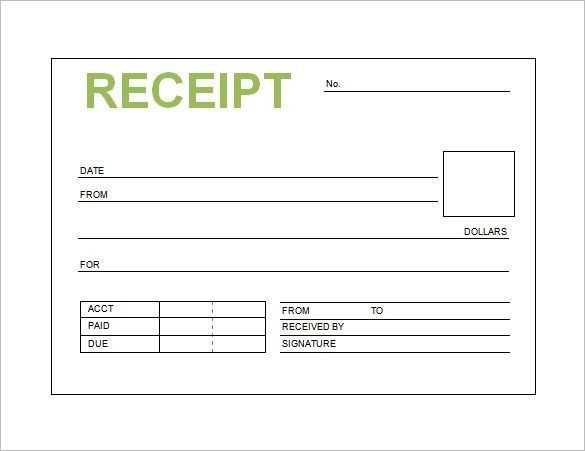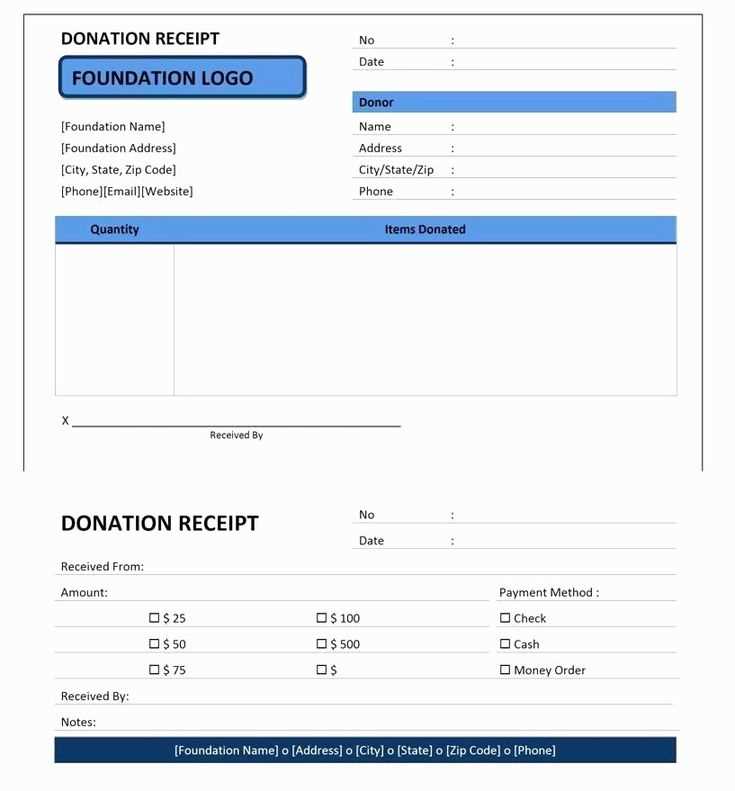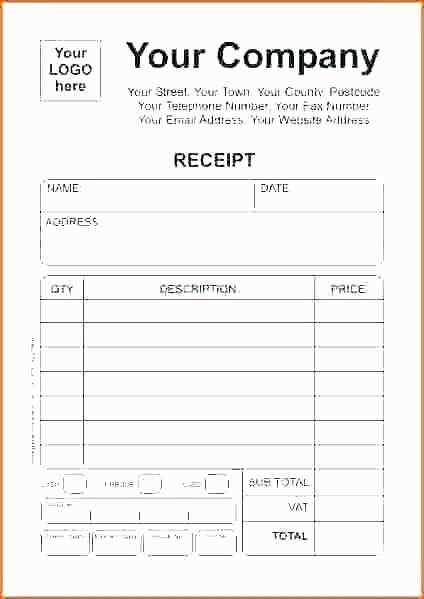
Use a structured format when sending receipt messages through your Facebook bot. This template ensures clarity and a smooth customer experience. Begin with a personalized greeting, such as “Hi [Customer’s Name], thanks for your order!”, to immediately establish a connection.
Next, clearly present the transaction details. Include key information like the order number, date, and a summary of items purchased. Make sure these elements are easy to read with organized spacing and bullet points. For example:
- Order Number: #12345
- Purchase Date: February 12, 2025
- Items: 2x Coffee Maker, 1x Mug
Lastly, provide a clear call to action. Offer the customer the option to track their order or contact support for assistance. For instance, “Track your order here” or “Contact us if you need help.” This makes it easy for the customer to take the next step.
Facebook Bot Receipt Template Guide

To create a Facebook Bot receipt template, focus on clear structure and relevant information. Include details like transaction ID, date, and purchase items. The layout should be simple yet informative for easy understanding by users. A consistent format helps maintain a professional look and improves user experience.
Structuring the Receipt
Begin with a header that includes your brand’s name or logo. Follow it with the transaction number and date to make the receipt traceable. A table format works well for listing purchased items along with their prices and quantities. Be sure to include the total amount at the bottom for clarity.
Customizing the Template

Tailor the template to suit your bot’s purpose. If it’s an e-commerce bot, add details such as shipping address, delivery method, or tracking number. For digital products, include access codes or download links. Keep the design simple and ensure that text is legible across devices.
How to Create a Custom Receipt Template
Design a receipt template by defining the key components you want to display. Include transaction details, business name, contact information, payment method, and items purchased. Start with a clean, simple layout for easy readability.
Step 1: Identify Core Information
- Company name and logo
- Date and time of transaction
- Purchased items with quantities and prices
- Total amount and payment method
- Contact information (address, phone, email)
Step 2: Choose a Design Platform
Pick a platform that supports template creation, like a text editor, online receipt generator, or code editor for more customization. If you prefer an easy option, consider using a website that offers pre-made templates.
Step 3: Add Personal Branding
Customize the colors and fonts to align with your brand. This will enhance brand recognition and create a professional image for your customers. Keep the design clean and legible with a consistent color scheme and font style.
Step 4: Implement Flexibility

Make sure the template can adjust to different transaction sizes. Add space for discounts, taxes, or special notes if necessary. This flexibility will accommodate various transactions and provide a more personalized receipt.
Integrating the Template with Facebook Messenger

To integrate your Facebook bot receipt template with Facebook Messenger, first ensure that you have access to the Facebook Developer account and the Messenger Platform API. Create a new app on Facebook Developers, and configure the necessary webhook to handle incoming messages. Once you have your app set up, generate a page access token, which you will use to authenticate requests between your bot and Facebook Messenger.
Next, upload your receipt template to the Messenger Platform using the Send API. Define the structure of the message, incorporating dynamic elements such as order details, prices, and images. You can utilize the template’s modular format to create personalized responses based on the user’s input or transaction details. Implement message tagging to ensure that the responses align with your intended use case (e.g., receipts, updates, etc.).
Ensure your bot is listening for events, such as user messages or button presses, through webhook endpoints. Use the received data to trigger the appropriate receipt template, making sure the correct data flows through your bot’s logic. Test thoroughly by simulating user interactions and checking how the receipt template is rendered in Messenger. You can also enable message templates to enrich your content with elements like buttons and quick replies, enhancing the interaction.
Lastly, keep your API keys and credentials secure, monitor bot activity for any issues, and optimize message delivery timing to avoid delays. Testing in a controlled environment will help catch any bugs before going live with the integration.
Testing and Troubleshooting the Receipt Format
Verify the structure of the receipt by sending test messages to the bot. Ensure that each field is correctly formatted and that the information aligns with your design. Pay attention to alignment, spacing, and the accuracy of the content being displayed. Use tools like the Facebook Messenger API Simulator or any available testing environment to check how the receipt looks on different devices.
If there are issues with the formatting, start by checking the JSON structure of your message. Ensure that all required fields, such as title, subtitle, and elements of the order summary, are included and correctly ordered. Look for missing commas, brackets, or other syntax errors that could cause the message to fail or display incorrectly.
Test the dynamic components, like the total amount or item list, to confirm that they update correctly. Use sample data to simulate actual transactions and see if the receipt reflects the changes. If you notice discrepancies, ensure that the data being sent from the server is accurate and correctly parsed by the bot.
If items are not appearing as expected, double-check the logic used to populate the receipt’s fields. Consider testing with static values first, then gradually introduce dynamic data to identify the point of failure. Review the API documentation to ensure the correct field names and values are used.
For troubleshooting layout issues, adjust the sizes of images or text to prevent clipping. Some devices may have different display characteristics, so testing across various screen sizes helps avoid design problems. Use Facebook’s guidelines for image sizes to ensure consistency across platforms.
Finally, test how the receipt responds to different actions within the bot. Check that the user can interact with the receipt in expected ways, like clicking buttons for more details or completing a transaction. This will confirm both functionality and visual integrity are intact.

